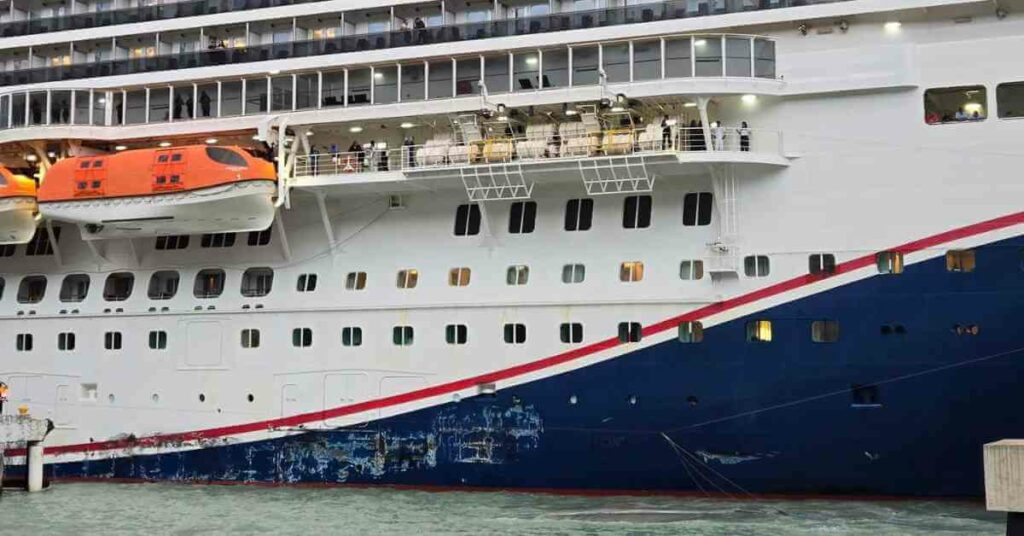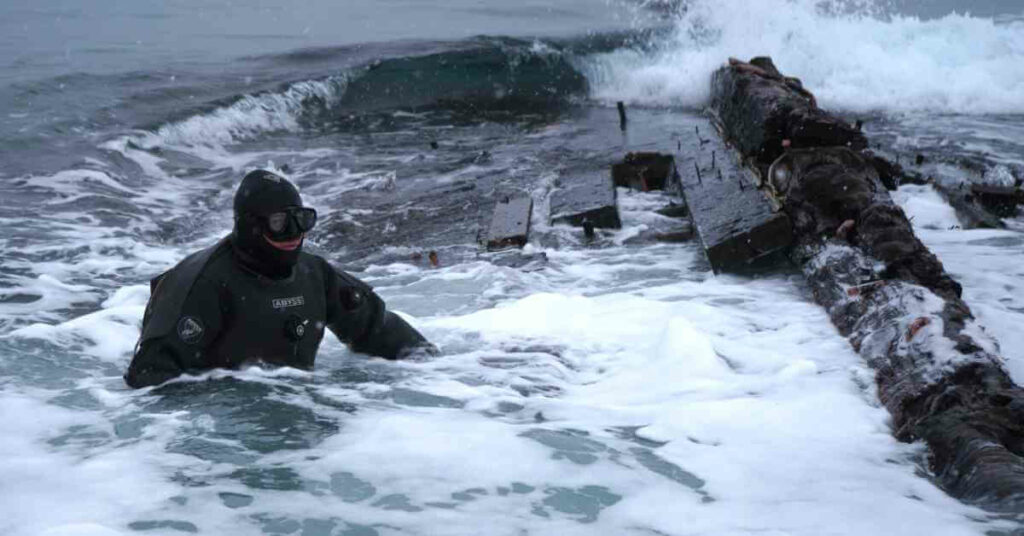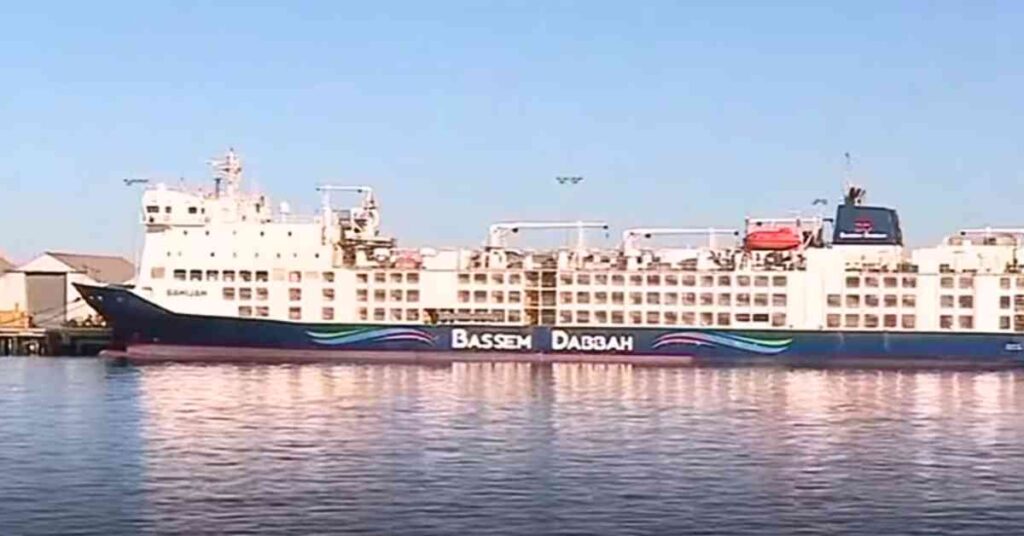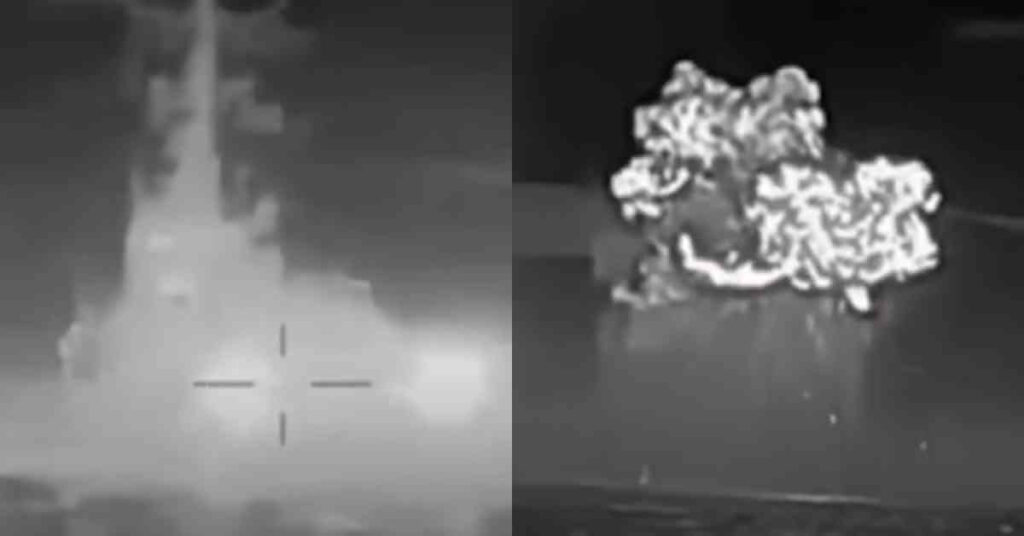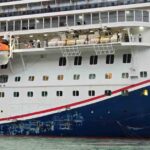Video: The Steering Gear System In A Ship
We are all familiar with the use of a rudder, which helps in turning a ship as and when required. Rudders are the principal system for the entire motion and control of the ships. But we mustn’t forget that the rudder action depends on another pivotal system called the Steering Gear.
The steering gear system has been an indispensable part of the ship’s machinery since the advent of the earliest vessels operated by hand.
As ships continued to grow in size and became faster, modern systems easing human effort were incorporated. There are two types of commonly used steering gear systems:
- Hydraulic, and
- Electro-hydraulic type
The central control of the steering operations is given from the helm of any ship, similar to an automobile where the entire control of the vehicle’s “steer-ability” rests on the steering wheel of the driver. The ‘control force’ for turning is triggered off from the wheel at the helm, which reaches the steering gear system.
Advanced electro-hydraulic systems are predominant in ships nowadays, in which hydraulic pressure is developed by hydraulic pumps mainly driven by electric motors.
Actuators mediate the coordination between the generated hydraulic pressure from pumps (driven electrically, of course) and the rudder stock by converting it into a mechanical force, creating a turning moment for the rudder. Actuators are now mainly electrically driven by power units.
These actuators, in turn, can be of two types:
- Piston and cylindrical arrangement
- Vane type rotor
In this video, we are discussing the hydraulic Ram-type steering gear.
Ram Type Steering Gear System
The ram-type steering gear is one of the commonly used steering gear systems and is quite expensive in construction. The basic principle is the same as that of a hydraulically-driven motor engine or lift.
There are four hydraulic cylinders attached to the two arms of the actuator disc on both sides. These cylinders are directly coupled to electrically driven hydraulic pumps, which generate hydraulic pressure through pipes. This hydraulic pressure field in the pumps imparts motion to the hydraulic cylinders, which corresponds with the actuator acting upon the rudder stock.
The sense of turning the rudder is guided by the action of the hydraulic pump. The physics behind its function can be explained better with the help of the following figure.
Here the cylinders denoted 1 and 3 are connected to the discharge side of the pump. This generates a positive pressure in the piston cylinders. On the contrary, the other two cylinders, 2 and 4, are connected to the suction side of the pump.
This creates a negative pressure in the cylinders. The resultant forces create a clockwise moment in the rudder. To put it simply, positive and negative pressures from pumps generate lateral forces on the rams, which make a couple for turning the rudder stock.
Similarly, to put it in an anticlockwise turning sense, the reverse is carried out, viz., the discharge ends of the pumps are connected to cylinders B and D, while the suction side of the pumps is to A and C. This reverse pressure flow from hydraulic pumps is achieved with the help of control valves operated from the wheelhouse.
The ram-type steering gear arrangement produces a considerably high value of torque for a given applied power. The hydraulic oil pressure varies from 100 bars to 175 bars depending on the size of the rudder and the torque required.
Steering Gear System In A Ship
The efficiency of the performance of the steering gear depends on some main aspects. These basic requirements to be invariably met by all steering gears are guided by rules set by classification societies. They can be briefly outlined as follows:
- As per standard requirements, the steering gear should be capable of steering the ship from 35 degrees port to 35 degrees starboard and vice-versa with the vessel plying forwards at a steady head-on speed for maximum continuous rated shaft rpm. and summer load waterline within a time frame of a maximum of 28 seconds
- With one of the power units inoperative, the rudder shall be capable of turning 15 degrees port to 15 degrees starboard (and vice-versa) within a time frame of 1 minute with the vessel moving at half its rated maximum speed or 7 knots (whichever is greater) at summer load line.
- The major power units and the control systems are to be duplicated so that if one fails, the other can easily substitute for them as a standby.
- The steering gear system is to be provided with an additional power unit (hydraulic pump etc.) connected to the emergency power supply from the Emergency Generator, which shall be capable of turning the rudder from 15 degrees from one side to the other side within 60 seconds with the vessel moving at a maximum service speed or 7 knots, whichever is greater.
Safematic Design of the steering system
As per SOLAS requirements, all tankers of more than 10,000 GRT and all other 70,000 GRT vessels should have a safematic steering system.
Arrangements should be there to isolate the fault and continue using the steering system in an emergency. To avoid total failure of the steering system, automatic isolation and bypass valves are introduced to the system.
Under normal conditions, one pump satisfies the need for all four rams. In case of leakage, the level switch gets activated, starting the standby pump and raising the alarm.
But if a further leak persists, it initiates the bypass and isolation valve. Now the steering gear runs on 50% of its torque, isolating the faulty set of rams.
The other system, without a leak, will operate the pump, and the associated ram will move as per the desired command.
The hydraulic steering gear system is critical machinery onboard whose operation knowledge is essential for the ship’s safe navigation.
Disclaimer: The authors’ views expressed in this article do not necessarily reflect the views of Marine Insight. Data and charts, if used in the article, have been sourced from available information and have not been authenticated by any statutory authority. The author and Marine Insight do not claim it to be accurate nor accept any responsibility for the same. The views constitute only the opinions and do not constitute any guidelines or recommendations on any course of action to be followed by the reader.
The article or images cannot be reproduced, copied, shared or used in any form without the permission of the author and Marine Insight.
Do you have info to share with us ? Suggest a correction

About Author
Zahra is an alumna of Miranda House, University of Delhi. She is an avid writer, possessing immaculate research and editing skills. Author of several academic papers, she has also worked as a freelance writer, producing many technical, creative and marketing pieces. A true aesthete at heart, she loves books a little more than anything else.
Latest Videos Articles You Would Like:
- Cruise Ship Damaged Due To Severe Weather, Passengers Stuck Abroad
- Archaeologists Examine 19th-Century Shipwreck Found On Canadian Coast
- Australia Stops Livestock Ship From Sailing Around Africa To Israel Amidst Houthi Attacks
- Iran Warns U.S. Of Targeting Cargo Ships Following Latest Airstrikes On Houthis
- Watch: Ukrainian Forces Destroy Russian Missile Boat In Black Sea Operation
- Two Dead After Tragic Collision Between Water Taxi And Passenger Ferry In the Philippines
Subscribe To Our Newsletters
By subscribing, you agree to our Privacy Policy and may receive occasional deal communications; you can unsubscribe anytime.



